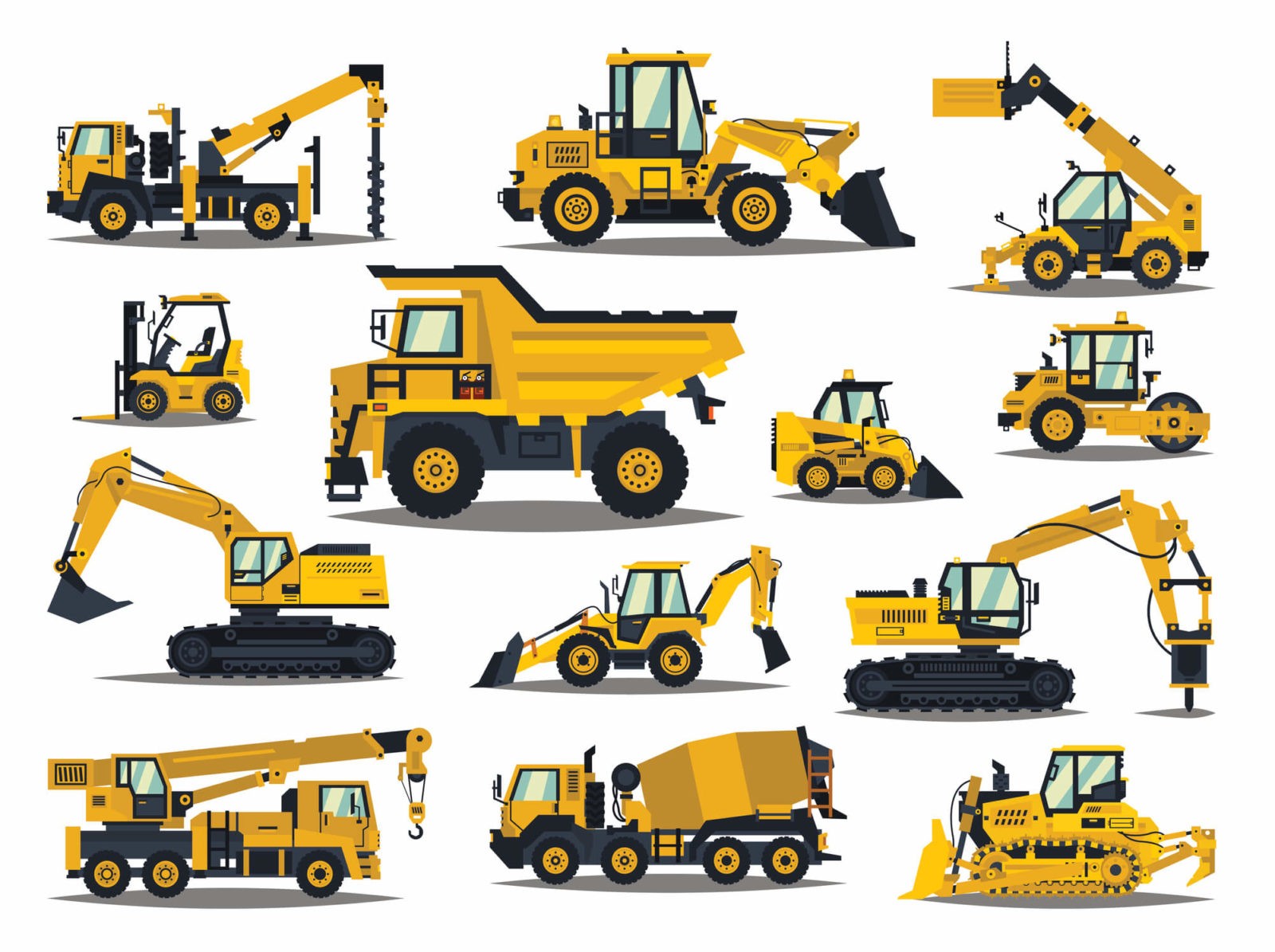Leading Equipment Rental Company for All Your Requirements
Wiki Article
Leasing Vs. Buying Construction Equipment: Making the Right Option for Your Job
When beginning on a building task, one of the essential decisions that project supervisors and stakeholders encounter is whether to get or rent building and construction equipment. The decision hinges on numerous factors such as expense considerations, task duration, devices maintenance, threat, versatility, and scalability monitoring.Expense Factors To Consider
When assessing the monetary facet of purchasing versus leasing building and construction equipment, the long-term costs and in advance prices need to be very carefully taken into consideration. Leasing equipment typically requires reduced preliminary repayments compared to acquiring, making it an attractive option for short-term jobs or contractors with budget plan restraints. Renting eliminates the requirement for large capital expenses and reduces the economic threat related to equipment ownership, such as upkeep and depreciation expenses. However, in the future, constantly renting equipment can build up greater expenses than buying, specifically for prolonged projects.On the various other hand, acquiring construction tools includes higher ahead of time costs however can lead to lasting savings, particularly for long-lasting tasks or constant individuals. Owning tools gives versatility, benefit, and the potential for resale worth once the job is completed. Additionally, having equipment enables personalization and experience with specific machinery, possibly raising efficiency and performance on-site. Ultimately, the choice in between buying and renting out construction devices depends upon the task's duration, frequency of usage, budget plan considerations, and long-lasting financial objectives.
Job Period

Conversely, for long-lasting projects or recurring building work, acquiring equipment might be the much more cost-effective choice. Acquiring devices can bring about cost savings in the future, particularly if the devices will be frequently utilized. Moreover, owning devices offers a sense of control over its accessibility and enables customization to fit particular job requirements.

Devices Upkeep
Offered the essential function task period plays in identifying the most economical method in between renting out and getting construction tools, the focus now shifts towards taking a look at the necessary element of tools maintenance. On the various other hand, having equipment calls for an aggressive method to maintenance to prevent failures, ensure security, and expand the tools's life-span. Inevitably, a well-maintained building equipment fleet, whether rented out or possessed, is essential for the efficient and successful conclusion of building projects.Adaptability and Scalability
In the world of construction equipment management, the aspect of adaptability and scalability holds considerable importance for task performance and resource use. Opting to rent out construction equipment provides a high level of versatility as it permits the fast adjustment of equipment types and amounts based on the developing requirements of a job. Renting out enables contractors to access a wide variety of specialized tools that may be required for particular jobs without the long-lasting dedication of ownership. This versatility is especially helpful for projects with varying needs or uncertain durations (heavy equipment rental).Moreover, scalability, another essential variable, is try here inherently connected to adaptability. Renting out building and construction equipment supplies the benefit of easily scaling operations up or down as project demands change. Contractors can quickly trade or include equipment to match the project's transforming demands view it now without the restraints of possessing properties that might come to be underutilized or obsolete. This capability to scale resources successfully can cause expense savings and improved task timelines, making renting a favorable option for jobs calling for adaptability and receptive source allowance.
Risk Administration
Effective risk monitoring in construction equipment procedures is vital to guaranteeing project success and mitigating possible monetary losses. Building projects inherently involve various threats, such as tools malfunctions, mishaps, and task hold-ups, which can dramatically affect the project timeline and spending plan. By meticulously taking into consideration the risks related to owning or leasing building devices, job managers can make enlightened decisions to minimize these possible risks.Renting building and construction equipment can use a level of danger mitigation by moving the duty of maintenance and fixings to the rental business. This can decrease the monetary concern on the check my source job proprietor in situation of unforeseen equipment failures (scissor lift rental). Additionally, leasing provides the adaptability to gain access to customized equipment for specific project stages, minimizing the threat of owning underutilized equipment
On the various other hand, owning construction tools gives a feeling of control over its use and upkeep. Nonetheless, this additionally indicates birthing the complete obligation for repairs, upkeep expenses, and depreciation, raising the monetary risks connected with tools possession. Mindful risk evaluation and consideration of elements such as task period, tools application, and maintenance requirements are critical in identifying the most appropriate option for effective risk management in building and construction tasks.
Verdict
In conclusion, when making a decision between acquiring and renting out construction tools, it is crucial to consider price, task duration, devices maintenance, scalability, versatility, and threat monitoring. Each aspect plays a crucial role in figuring out the most suitable choice for the project handy. By very carefully examining these aspects, project supervisors can make an educated decision that straightens with their budget plan, timeline, and overall task objectives.
Report this wiki page